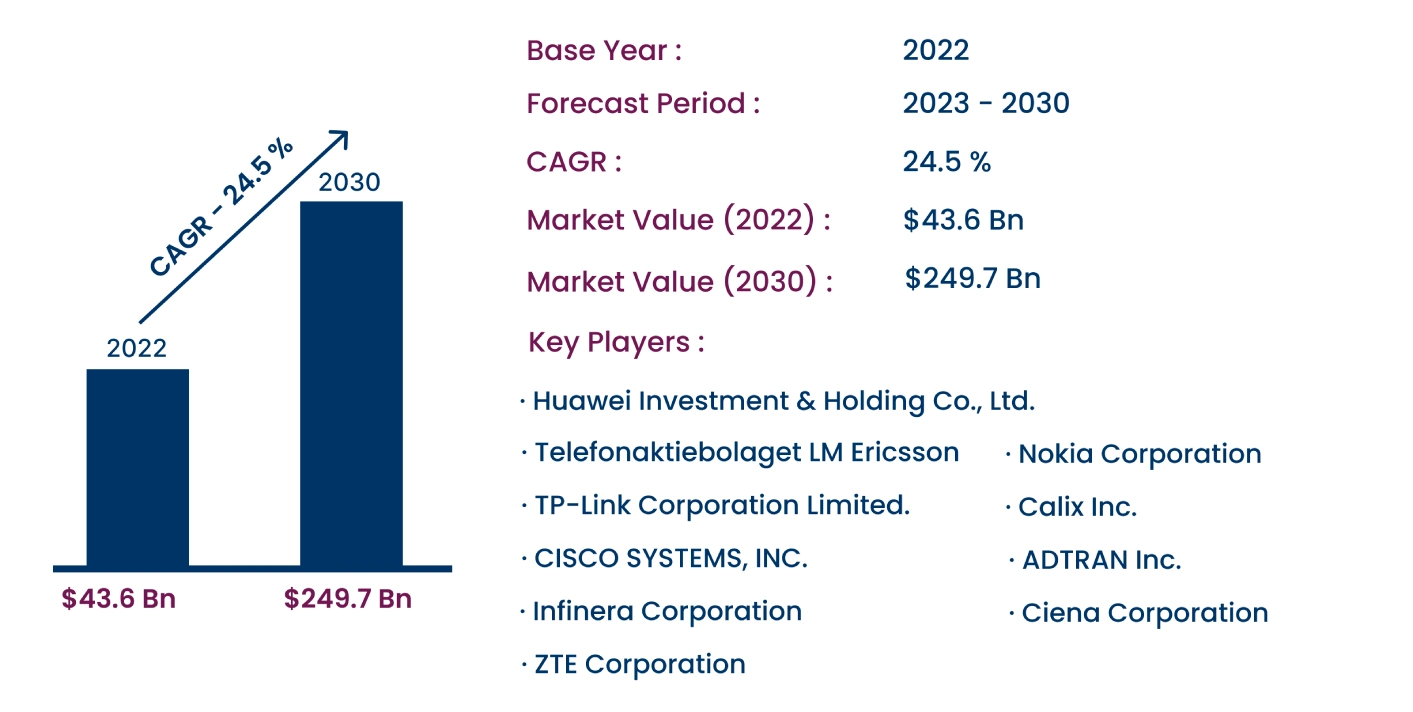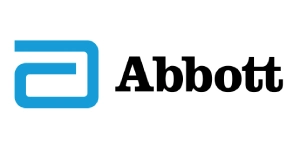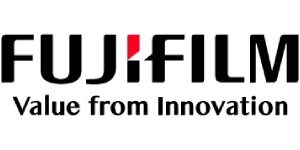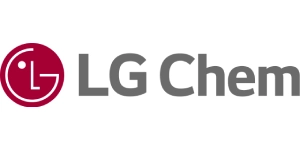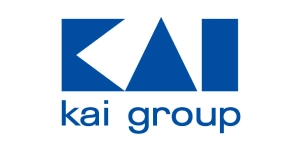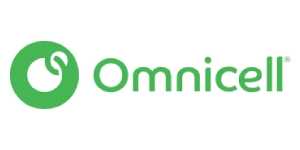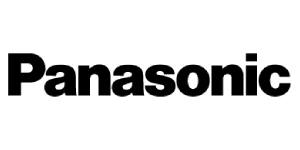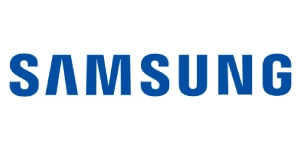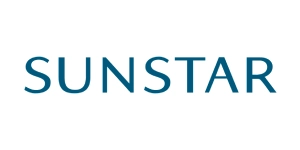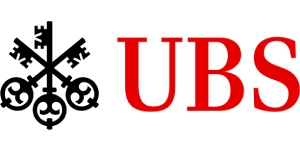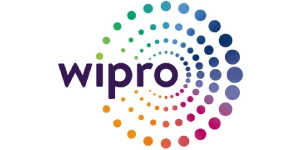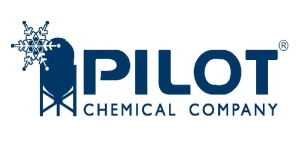Global Passive Optical LAN Market to Reach USD 249.7 Billion by 2030 | CAGR of 24.5%
Category : Semiconductor And Electronics | Published Date : Oct 2024 | Type : Press Release
Passive Optical LAN Market Scope & Overview:
Passive Optical LAN is a fiber optic-based networking technology that eliminates the need for active electronic components, such as switches. It delivers high-speed data, voice, and video services to end-users using fiber optic cables to transmit both data and power. POLAN is known for providing increased bandwidth, longer transmission distances, scalability, reduced power consumption, and enhanced security, making it a cost-effective solution for large enterprise networks and multi-dwelling units.
Consegic Business Intelligence analyzes that the Global Passive Optical LAN Market was valued at USD 43.6 Billion in 2022 and is expected to grow at a CAGR of 24.5% during the forecast period, reaching USD 249.7 Billion by 2030.
This report comprises the Passive Optical LAN Market Share, Size & Industry Analysis, By Component (Coupler, Encoders, Optical Cables, Connector, Amplifiers, Receivers, Power Splitter, and Others), By Type (GPON, EPON, and Others), By Application (Synchronous Optical Network, Loop Feeder, Fiber in the Loop, Hybrid Fiber-Coaxial Network, Synchronous Digital Hierarchy System, and Others), By End-User (BFSI, Manufacturing, Healthcare, Government, and Education), By Region (North America, Europe, Asia-Pacific, Latin America, and Middle East & Africa), and Forecast, 2023-2030.
This report contains detailed information on the Passive Optical LAN Market Trends, Opportunities, Value, Growth Rate, Segmentation, Geographical Coverage, Company Profile, In-depth Expert Analysis, Revenue Forecast, Competitive Landscape, Growth Factors, Restraints or Challenges, Environment & Regulatory Landscape, PESTLE Analysis, PORTER Analysis, Key Technology Landscape, Value Chain Analysis, and Cost Analysis.
The rising demand for high bandwidth in the IT sector, particularly from data centers and cloud service providers, is a key driver for Passive Optical LAN market growth. The IT sector's need for reliable, high-speed network connectivity makes POLAN a preferred choice, offering the bandwidth capacity necessary to support efficient data transfers and reduce latency.
Segmental Analysis :
Based on the components, the market is segmented into coupler, encoders, optical cables, connector, amplifiers, receivers, power splitter, and others.
- Optical cables held the largest market share in 2022 due to their ability to transmit large volumes of data over long distances without signal loss.
- Power splitters are expected to register the fastest CAGR during the forecast period, driven by their role in distributing optical signals to multiple endpoints.
Based on the type, the market is divided into GPON, EPON, and others.
- GPON accounted for the largest market share in 2022, offering high-speed data transmission suitable for modern networks and applications.
- EPON is expected to witness the fastest CAGR due to its ability to offer symmetrical bandwidth, beneficial for real-time applications such as video conferencing and cloud services.
Based on the application, the market includes synchronous optical network, loop feeder, fiber in the loop, hybrid fiber-coaxial network, synchronous digital hierarchy system, and others.
- The Hybrid Fiber-Coaxial Network held the largest market share in 2022, offering reliable backhaul connectivity for large-scale networks.
- Synchronous Optical Network (SONET) is expected to register the fastest CAGR, driven by its use in long-haul transport and backbone connectivity.
Based on the end-user, the market is segmented into BFSI, manufacturing, healthcare, government, and education.
- The BFSI sector accounted for the largest market share in 2022, driven by the need for secure and high-speed network connectivity.
- The government sector is anticipated to witness the fastest growth, supported by digital transformation initiatives and the need for high-speed connectivity in public services.
Based on regions, the global market is segmented into North America, Europe, Asia Pacific, the Middle East and Africa, and Latin America.
- North America accounted for the largest market share in 2022, benefiting from a well-established IT industry and high digitalization across various sectors.
- Asia Pacific is expected to witness the fastest growth, driven by increasing smartphone usage, internet proliferation, and government investments in smart city projects.
| Report Attributes | Report Details |
| By Component | Coupler, Encoders, Optical Cables, Connector, Amplifiers, Receivers, Power Splitter, Others |
| By Type | GPON, EPON, Others |
| By Application | Synchronous Optical Network, Loop Feeder, Fiber in the Loop, Hybrid Fiber-Coaxial Network, Synchronous Digital Hierarchy System, Others |
| By End User | BFSI, Manufacturing, Healthcare, Government, Education |
| By Region | North America(U.S., Canada, Mexico) Europe(U.K., Germany, France, Spain, Italy, Russia, Benelux, Rest of Europe) APAC(China, South Korea, Japan, India, Australia, ASEAN, Rest of Asia-Pacific) Middle East & Africa(GCC, Turkey, South Africa, Rest of MEA) LATAM(Brazil, Argentina, Chile, Rest of LATAM) |
Top Key Players & Competitive Landscape :
The competitive landscape encompasses major innovators, aftermarket service providers, industry giants, and niche players, all of which are thoroughly examined by Consegic Business Intelligence in terms of their strengths, weaknesses, and value-addition potential. This report includes detailed profiles of key players, market share analysis, mergers and acquisitions, resulting market fragmentation, and emerging partnership trends and dynamics.
List of prominent players in the Passive Optical LAN Industry:
- ZTE Corporation
- TP-Link Corporation Limited.
- Telefonaktiebolaget LM Ericsson
- Nokia Corporation
- Infinera Corporation
- Huawei Investment & Holding Co., Ltd.
- CISCO SYSTEMS, INC.
- Ciena Corporation
- Calix Inc.
- ADTRAN Inc.
Recent Industry Developments :
- In September 2021, ETSI launched ETSI GS F5G 003, which includes passive optical networks and passive optical LAN to provide better coordination, data rates, and controlled latency to devices like HD surveillance cameras, VR/AR helmets, and HDTV.
- In May 2021, Nokia announced that its Gigabit Passive Optical Networking (GPON) solution would be utilized by AirFiber Networks to provide high-speed broadband services in underdeveloped areas of Tamil Nadu and Bangalore.
